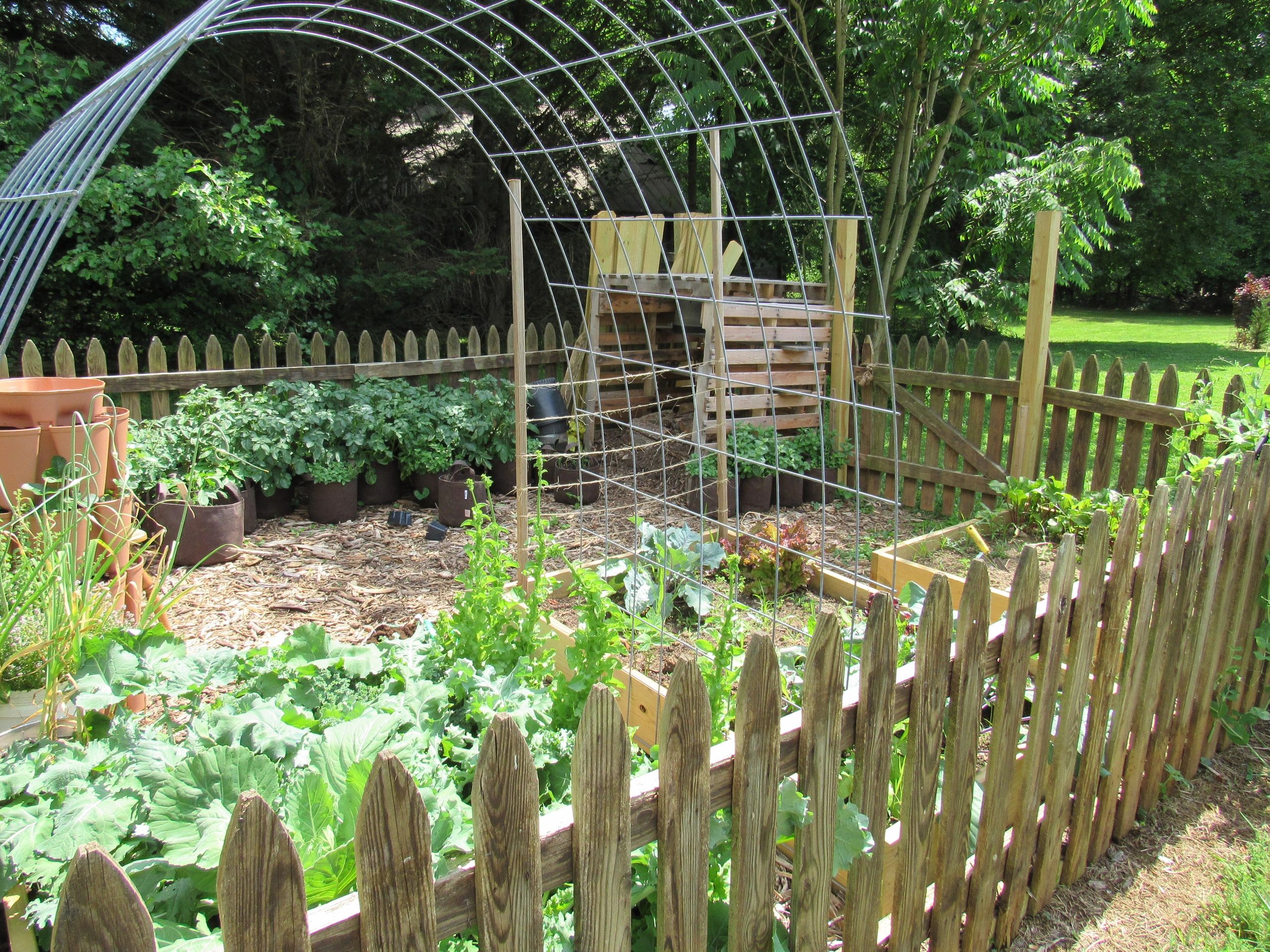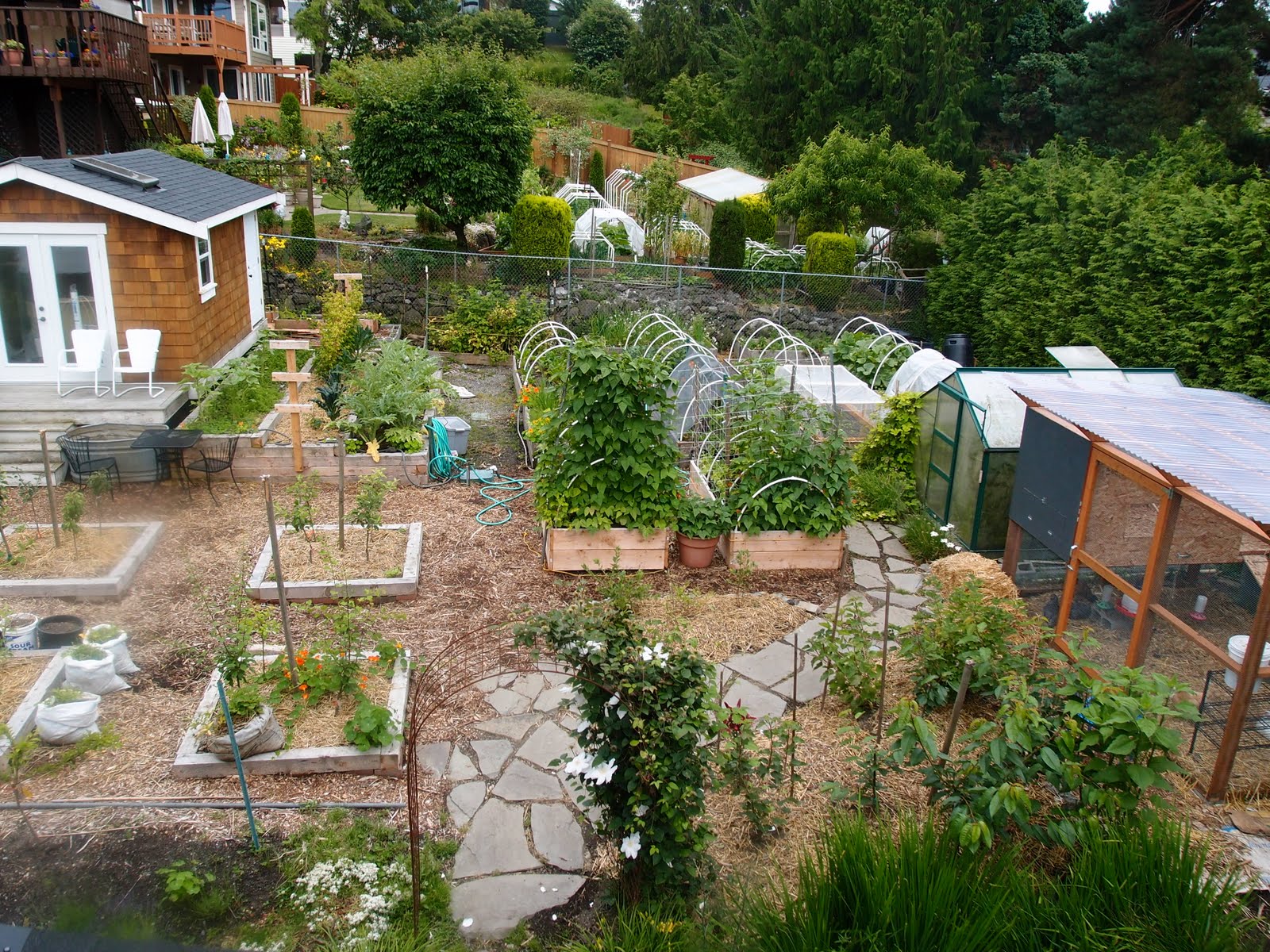Essential Care Strategies for Homestead Gardening
Uncover the Tricks to Developing a Gorgeous and Effective Gardening Area
Producing a lovely and productive gardening space is not simply an issue of planting veggies and flowers; it calls for a critical strategy that encompasses various vital elements. From picking the right area based on sunshine and dirt type to thoughtfully developing your design and picking suitable plants, each decision plays a pivotal function in the success of your garden.
Selecting the Right Location
Choosing the suitable area for your yard is important to its success and general aesthetic allure. The first action in this procedure involves evaluating sunlight exposure, as the majority of plants call for a minimum of six hours of straight sunlight daily (Homestead Gardening). A south-facing garden normally gets the most light, while shaded locations can restrain development and flowering
In addition, consider soil high quality and drain. Well-draining dirt is necessary to avoid water logged roots, which can bring about plant illness. Conducting a soil test can supply useful details pertaining to pH degrees and vitamins and mineral web content, enabling you to change the soil accordingly.
Moreover, proximity to water sources is one more aspect to consider - Homestead Gardening. Having easy accessibility to a tube or irrigation system can simplify the watering procedure and encourage constant plant treatment. Wind security is likewise crucial; placing your yard near structures, such as fences or wall surfaces, can protect it from extreme winds that may harm delicate plants
Lastly, think about availability for upkeep and harvesting. A well-placed garden enables hassle-free accessibility, making certain that you can quickly have a tendency to your plants without triggering unnecessary anxiety or disruption. Thoughtful location selection lays the structure for a flourishing yard.
Selecting Plants Intelligently
When selecting plants for your yard, it's important to take into consideration aspects such as environment, soil problems, and personal choices to ensure a harmonious and efficient room. An extensive understanding of your regional environment will assist you in picking plants that grow in your certain setting. For instance, picking drought-resistant varieties is helpful in dry regions, while moisture-loving types may be a lot more proper for locations with high rains.
Dirt problems are similarly critical; carrying out a soil test can expose pH degrees and vitamins and mineral material, permitting you to pick plants that will certainly grow. Native plants are often an excellent selection, as they are generally well-adapted to regional soil types and require less maintenance.
Mirror on your personal preferences-- selecting plants that resonate with your visual tastes will enhance your enjoyment and commitment to maintaining your yard. By thoroughly assessing these factors, you can develop a thriving and diverse plant option that raises your gardening experience.
Designing Your Garden Layout
With an attentively chosen plant option in hand, the next step is to produce a garden layout that makes best use of both beauty and functionality. Begin by examining the readily available space, considering factors such as wind, shade, and sunshine patterns. A well-planned format ought to include various areas, consisting click over here now of locations for growing, pathways, and possibly seating.
Beginning with larger plants or centerpieces, such as trees or tall perennials, placed purposefully to create visual interest. Layer smaller plants in front to enhance depth and structure. Think about the development routines of your picked plants; taller selections must be positioned at the back or facility of beds, while much shorter ones can line the sides.
Including pathways not just promotes gain access to for upkeep however likewise invites expedition. Use materials that complement the yard's total aesthetic, whether gravel, rock, or timber chips.
Additionally, consider seasonal modifications and how your layout will look throughout the year. Including evergreens along with seasonal flowers can ensure year-round appeal. Inevitably, a well-designed garden format harmonizes the all-natural charm of plants with practical factors to consider, causing a space that is both inviting and effective.
Enhancing Soil Health

To boost dirt wellness, begin by conducting a dirt examination to assess pH degrees, nutrient content, and dirt appearance. This will notify your changes. Incorporate organic matter such as garden compost, well-rotted manure, or fallen leave mold and mildew to boost soil structure, water retention, and microbial task. Furthermore, practicing crop rotation can avoid nutrition exhaustion and lower bug and condition stress.
Mulching is an additional effective method; it not just saves dampness but additionally subdues weeds and slowly enhances the dirt as it damages down. Avoiding too much tillage is important, as it can interrupt soil framework and harm useful microorganisms. try here Rather, embrace no-till or very little husbandry techniques to maintain soil honesty.

Preserving Your Yard Efficiently
A well-kept yard is a source of satisfaction and performance, calling for constant interest to make sure that plants grow and the landscape continues to be welcoming. Effective yard maintenance involves numerous essential practices that boost the health of your plants and the total visual of your area.
Normal watering is critical; nevertheless, important source it is essential to customize your watering routine based upon the particular requirements of your plants and local environment problems. Mulching can help retain moisture, suppress weeds, and control soil temperature. Prompt weeding protects against competition for nutrients and resources, ensuring that your plants grow.
Trimming is one more crucial task. It motivates healthy and balanced growth, eliminates unhealthy or dead branches, and forms plants to keep an appealing structure. In addition, keeping an eye on for bugs and conditions is vital; early detection and treatment can save your plants from significant damage.
Fertilization ought to be carried out thoughtfully, utilizing natural options whenever possible to advertise long-term soil health and wellness. Lastly, seasonal tasks such as planting, splitting perennials, and preparing for winter months will guarantee your yard stays dynamic year-round. By complying with these practices carefully, you can cultivate a yard that is both lovely and effective.
Final Thought
Finally, the production of a effective and beautiful gardening area calls for mindful consideration of several crucial elements. Selecting an ideal area with appropriate sunlight, picking suitable plants, making a cosmetically pleasing format, boosting soil health and wellness, and making sure normal upkeep are essential parts. By incorporating these techniques, one can grow a thriving garden that not just boosts the landscape yet additionally promotes environmental equilibrium and sustainability. Such a method ultimately brings about a fulfilling horticulture experience.
From selecting the right location based on sunlight and soil type to thoughtfully developing your layout and selecting suitable plants, each decision plays a crucial role in the success of your garden. Well-draining soil is vital to protect against water logged roots, which can lead to plant illness.When picking plants for your yard, it's important to consider factors such as environment, dirt problems, and personal preferences to ensure a productive and harmonious room. Eventually, a properly designed garden format harmonizes the all-natural elegance of plants with functional considerations, resulting in a room that is both welcoming and efficient.
